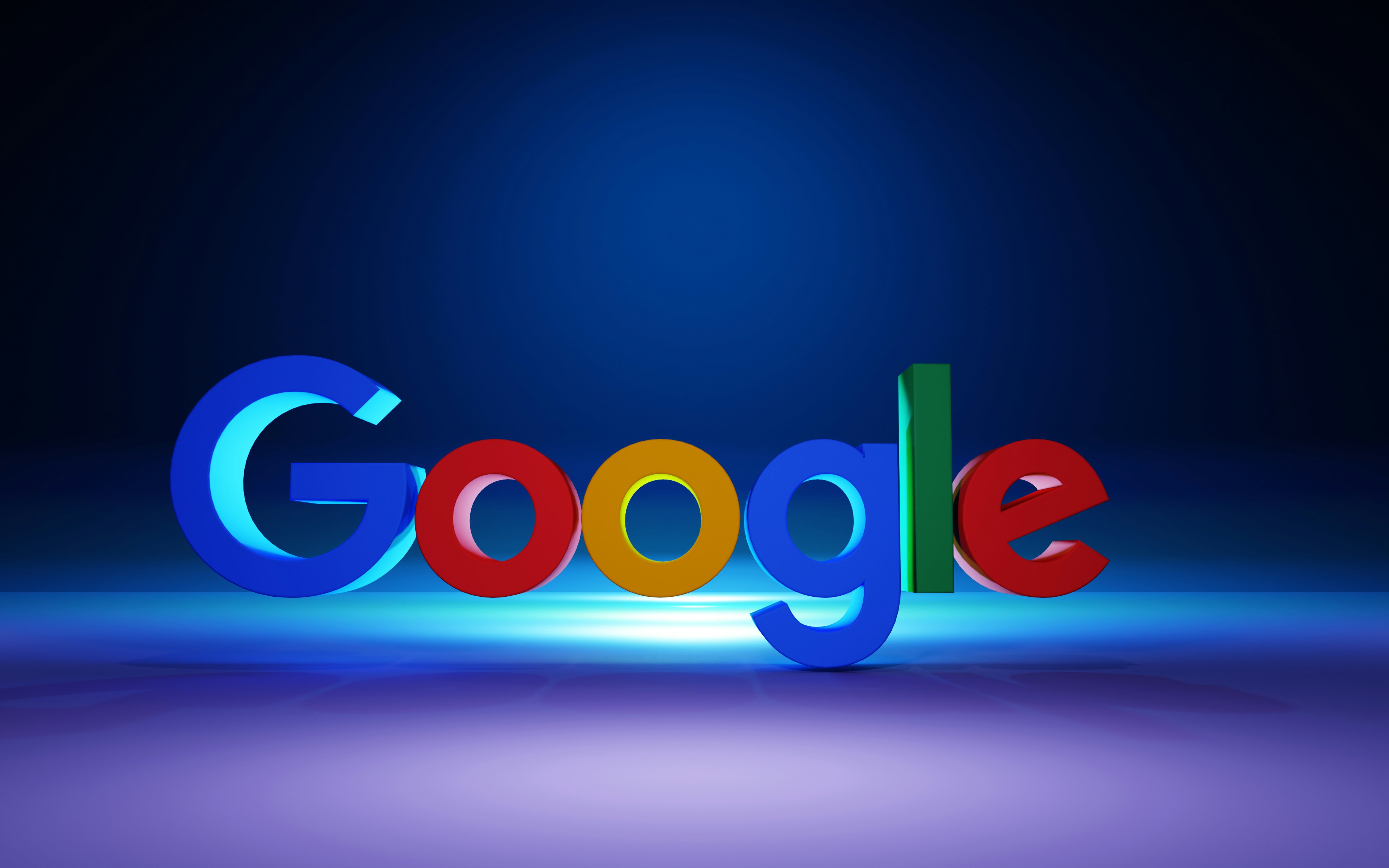
Explore our NEW Knowledge Base and Help Desk to find everything you need to attract, engage and convert talent with your Vennture website.
Discover More
Earlier this year, Google Marketing Live 2019 announced a whole new set of features and improvements for the search engine’s ad platform. Following last year’s keynote, transparency and trust were once again at the heart of the latest updates and the new PPC features helped make this even easier for businesses.
We’ve briefly touched upon these recently announced features, but now we’re going into more depth, to let you know exactly what they mean and why you should care.
While Facebook’s ad platform has been utilising the carousel for quite some time, Google never really featured them. However, with the introduction of Gallery Ads, advertisers can now insert a selection of images for users to swipe through.
The new carousel may seem like a big opportunity solely for eCommerce, but it gives any business a more creative way to display their ads. Images drive engagement and these Gallery Ads can be used to do more than showcase a few items. Whether it’s telling a brand story or introducing a new collection, a carousel can help advertisers tell a story led by engaging imagery.
To create these ads, you’ll need:
Google is experimenting with Gallery Ads on both desktop and mobile and they’re currently only eligible to appear in the top spot. Unfortunately, this means that they’re competing against text ads.
Gallery Ads are a completely new format, so that means there’s no special campaign type for them. Instead, users are meant to run these alongside text ads, in the same search groups.
Google has claimed that since releasing the carousel, they are showing on broader queries that typically weren’t monetised. So, by adding Gallery Ads into your groups, you may become eligible to compete in new auctions.
If you’re working in any kind of digital environment, then trying to avoid machine learning is nearly impossible and at Google’s keynote, it was once again a major talking point. This time, Google announced it would be introducing major improvements across the advertising offering, including Smart Bidding.
Allowing users to automate bid optimisation, Smart Bidding can stick to a target CPA, maximise conversions or enhance CPC. So, as machine learning continues to analyse data patterns to make informed decisions, Google’s improvements will only increase the service’s effectiveness.
The 2019 keynote announced 3 big improvements for Smart Bidding this year:
With the changes Google is making to Smart Bidding and campaign-level conversion goals, the future is pointing towards even more automation. By setting up your campaigns with this in mind, you can get ahead of your competition and grow your activity at a much faster rate.
Typically, Facebook has been the place to go if you want to target a persona, whereas display ads mainly focused on intent. However, Google is now taking steps towards improving their targeting by merging custom affinity and custom intent audiences to allow businesses to target potential customers based on their interests and behaviours.
On top of this, Google is introducing its Audience Expansion Tool which will create new ways to find new groups that behave in similar ways to your existing customers. While this does sound a lot like Facebook’s lookalike audience, Google has an extra advantage, direct access to search data.
The tool also provides ‘targeting expansion’ which helps businesses widen their reach and drive more conversions at the same CPA.
When running a display ads campaign, marketers commonly increase their bids towards the end of the month to ensure they’re making the most of their budget. Unfortunately, the results are unpredictable and the process is time-consuming.
With the new Audience Expansion Tool, users can increase or decrease their audience reach with more granularity. Alongside this, weekly impression estimates add extra transparency to any PPC campaign.
The Google Marketing Live Event announced a lot of improvements to the search engine’s PPC offering and our PPC team is already monitoring these to see how they can benefit our clients. If you’re looking for a paid media strategy, take a look at the exciting work we’ve already done and get in touch today.